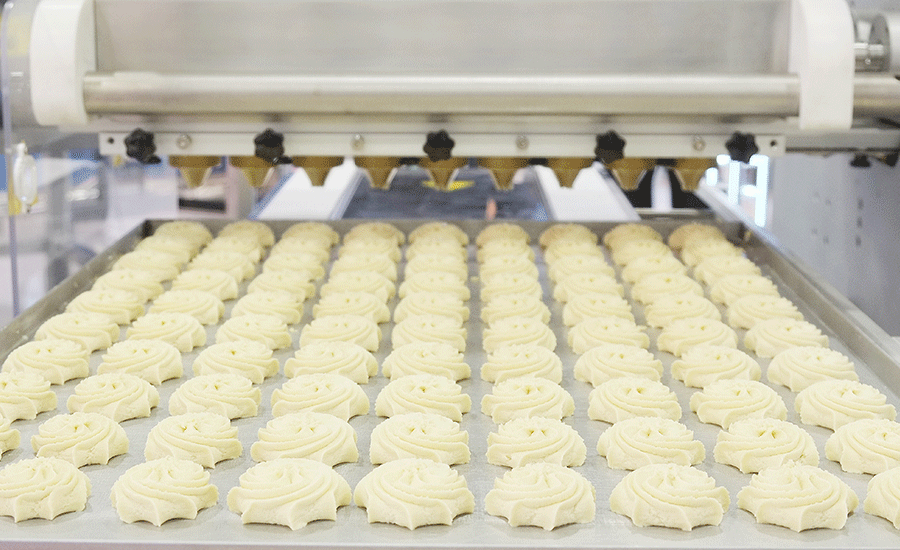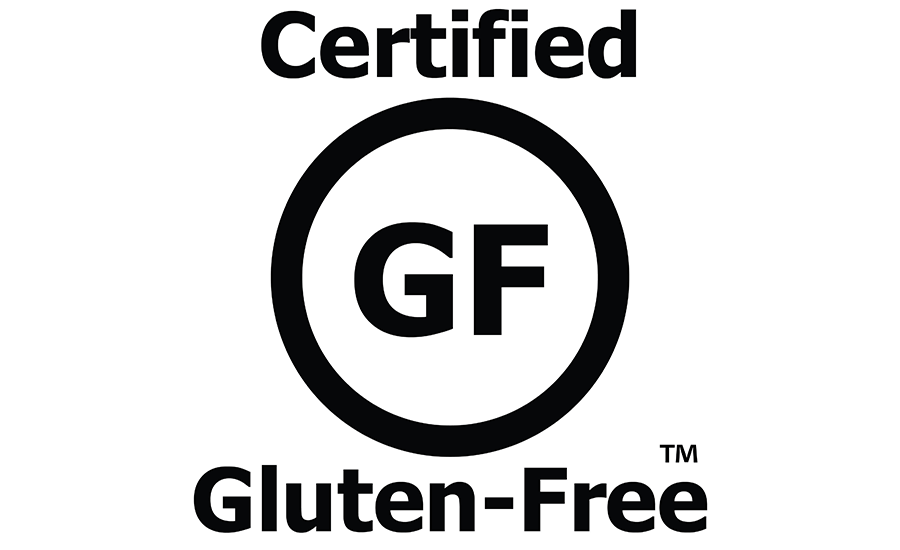Consumers are busier than ever, particularly millennials who want healthy, grab-and-go options, and consumer tastes have evolved. According to a market analysis by food manufacturer Vixxio, 32% of convenience store consumers want healthier options and 60% say they are more likely to patronize stores that offer healthy, pre-packaged soups and sandwiches and more fruits and vegetables.
Rising diagnosis of celiac disease and non-celiac gluten sensitivity are also driving the demand for convenient, gluten-free options. According to a recent report, the gluten-free market is expected to grow at a healthy CAGR of 9.1%, with an estimated value of $32.39 by 2025.
For manufacturers of consumer packaged goods (CPGs), producing a gluten-free prepared food line can be an attractive option. However, safety concerns have many food manufacturers wondering where to start to successfully develop and launch gluten-free products. Because cross-contamination can cause serious health problems for people with gluten sensitivity, R&D teams must factor the unique requirements of creating safe, gluten-free foods at each stage of production, from procurement to the moment foods hit store shelves. Here are the basic four stages CPGs should take under consideration in the move to offer gluten-free products:
Stage 1: Plant and Personnel
One of the first questions many food manufacturers ask is whether safe gluten-free products require a dedicated production line. While having a dedicated line can reduce some cleaning requirements, it is possible to produce safe, gluten-free products at a mixed-use facility (one that makes both gluten-containing and gluten-free products). However, having the proper production environment is essential. If you don’t have the right plant setup, it doesn’t matter what ingredients you use.
When setting up a plant to produce gluten-free foods, it’s important to consider whether dedicated lines need to be established. This decision may depend on how difficult it is to break down and clean the line. If a dedicated line is needed, how far does it need to be from gluten-containing production lines? Do you need to install barriers to prevent cross-contact? Does it need to be completely walled off from gluten-containing production due to dust? Analyzing requirements for the placement of production and packing equipment will go a long way toward preventing cross contact of gluten and gluten-free ingredients and equipment.
Proper setup also includes dedicating staff to one line or the other, rather than having people jumping back and forth. Moreover, some gluten-free products will require different processes to manufacture. For example, a company that produces gluten-free pretzels may need separate proofing lines because dough made from gluten-free ingredients tends to be stickier than other doughs.
Having management commitment is equally vital. Rather than viewing gluten-free products as a passing food trend, management should regard gluten-free products as part of a medical diet. Management sponsorship has a trickle-down effect throughout the company, promoting staff buy-in at all levels. This type of buy-in is imperative, because dedicated personnel can prevent or mitigate incidents of gluten contamination.
Stage 2: Formulations
Creating delicious, gluten-free products with the right consistency can be tricky. Gluten-free doughs aren’t just stickier than doughs with gluten. They’re also less elastic and absorb liquids differently. Experimenting with ingredients like guar and xanthan gum can help with consistency and elasticity, while mixing gluten-free flours will ensure that products have the taste and texture that will have consumers coming back for more. In general, combining at least three types of gluten-free flours yields optimal results in terms of taste and texture.
Coming up with the right formulation requires a lot of trial and error, particularly when scaling from small batches during testing to mass production. Getting the right proportions is especially challenging with baked goods, because increasing ingredients proportionally doesn’t always yield consistent results.
Stage 3: Procurement
Procurement of gluten-free grains comes with its own complications. There’s no 100% guarantee that will eliminate the risk of cross-contact during harvesting, transportation, and storage. In many cases grains that contain gluten are hauled on the same trucks and stored in the same silos as gluten-free grains, so every grain lot must be checked for cross-contamination once it reaches the plant. The risk is heightened for oats, because they are grown during the same season as many gluten-free grains. When developing a product line, considering how to mitigate cross-contact in the supply chain is a must.
Stage 4: Labeling and Packing
The labeling and packing process is also a risky period in the production of gluten-free products. In fact, labeling and packing errors are the number one cause of gluten and allergen recalls. Hence, identifying processes for preventing packing and labeling errors is critical.
Consulting with Experts
At every stage of production, the risk of cross-contact requires careful due diligence to safely innovate and launch gluten-free products. Smaller food manufacturers often benefit from consulting with the Institute of Food Technologists or retaining a food scientist. Third-party certification is another great source of expert guidance in best practices for manufacturing gluten-free products. A quality certifying organization can help perform risk assessments, conduct site audits, and test equipment and food products both at the plant and in stores.
For food manufacturers who want to capitalize on the growing demand for gluten-free prepared foods, knowing what questions to ask during development can head off potential problems once you’ve launched the product. When it comes to creating gluten-free prepared foods, prevention really is worth a pound of cure.
Laura Allred is the regulatory manager for the nonprofit Gluten Intolerance Group (GIG) and its Gluten-Free Certification Organization (GFCO). Allred’s experience includes a background in immunology and eight years of directing a food testing laboratory and test kit manufacturing operation. The GFCO certification logo is the symbol of trust for the gluten-free community, with more than 40,000 products certified worldwide.
Lindsey Yeakle, GIG’s Gluten-Free Food Service (GFFS) Quality Control Manager, has a culinary history working at 4-star and 4-diamond rated restaurants. A celiac disease diagnosis encouraged Yeakle to attend culinary school to learn how to design dishes that delight diners who have all types of dietary needs and restrictions. In June 2016, Yeakle decided to use her background and education to help the gluten-free community by working with GIG.
For more information, visit www.gluten.org

